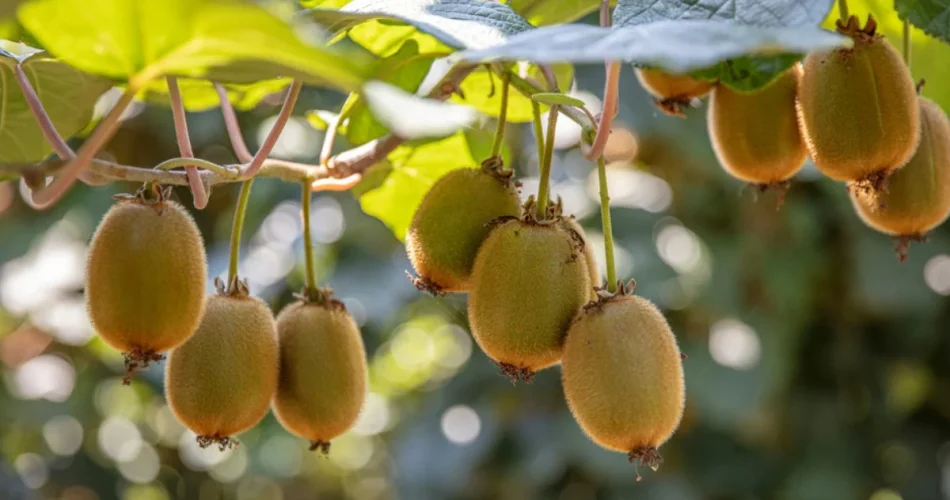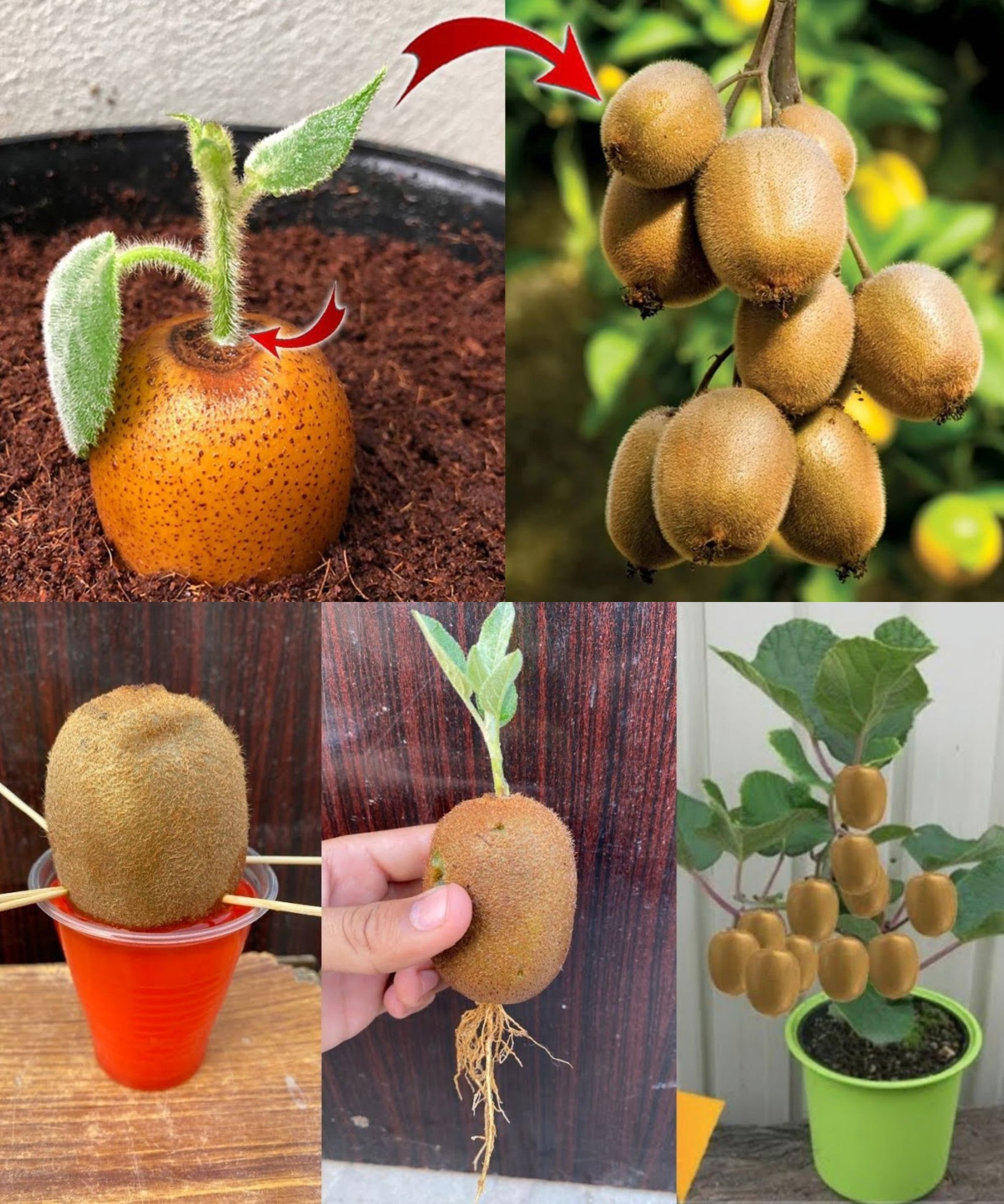Growing Kiwis: Cultivation Tips for a Bountiful Harvest
The kiwi, with its scientific name Actinidia chinensis, hails from Eastern regions and has found a thriving home in Italy, particularly in the central and northern areas. This dioecious species, which produces male and female flowers on separate plants, necessitates the presence of at least one male plant to pollinate the female plants for successful fruit production. As a climbing plant, kiwis require robust support systems, so growing them near walls or on pergolas is ideal. They prefer locations that offer partial shade and are sheltered from harsh winds. Now, let’s delve into the methods for nurturing kiwi plants to ensure a bountiful and vibrant yield.

Growing kiwis can be a rewarding endeavor, from the initial planting to the joy of harvesting. Here’s a step-by-step guide to cultivating kiwi plants:
**1. Choosing the Right Location:**
– Select a spot that receives partial sunlight and is sheltered from strong winds.
– Ensure the area has ample space for the vines to grow, as kiwi plants can spread extensively.
**2. Soil Preparation:**
– Kiwis thrive in well-drained, fertile soil with a slightly acidic to neutral pH.
– Enrich the soil with organic matter, such as compost or well-rotted manure, before planting.
**3. Planting:**
– Plant kiwi vines in late fall or early spring when the plants are dormant.
– Space the plants about 3 to 5 meters apart to allow for growth and air circulation.
– Remember to plant at least one male kiwi for every eight female plants to ensure pollination.
**4. Support Structures:**
– Install strong support structures like trellises, pergolas, or wires between posts for the vines to climb.
– Train the young vines to grow up the supports to encourage a strong framework.
**5. Watering:**
– Water the plants regularly, especially during dry periods, to keep the soil moist but not waterlogged.
– Mulching can help retain soil moisture and suppress weeds.
**6. Pruning:**
– Prune the vines in winter to remove dead or overcrowded branches and to shape the plant.
– Summer pruning may be necessary to remove excess growth and direct energy to fruit production.
**7. Fertilizing:**
– Apply a balanced fertilizer in early spring as new growth appears.
– Additional feeding may be needed during the growing season, depending on soil fertility.
**8. Pollination:**
– Ensure good pollination by having male plants nearby or consider hand-pollinating if natural pollinators are scarce.
**9. Pest and Disease Management:**
– Monitor for pests such as aphids and caterpillars, and diseases like botrytis or powdery mildew.
– Use appropriate organic or chemical controls as needed, following local guidelines.
**10. Harvesting:**
– Kiwi fruits typically ripen in late autumn.
– Harvest the fruits before the first frost when they are plump and the skin changes color.
– Kiwis will continue to ripen after being picked, so you can store them for several weeks.
By following these steps and providing consistent care, you can enjoy the sweet reward of home-grown kiwis from your own garden.
